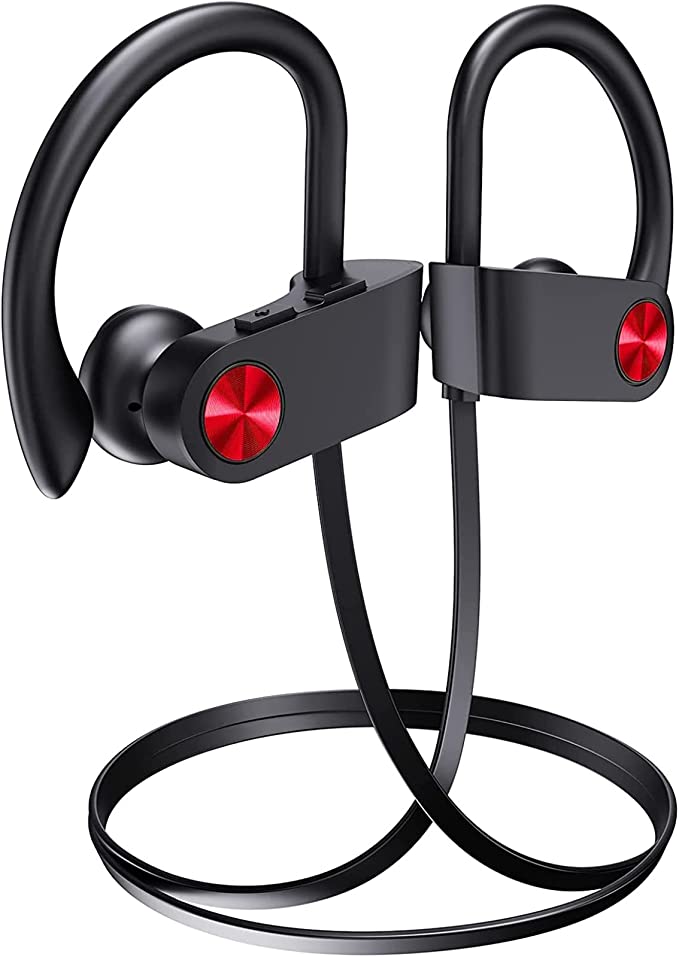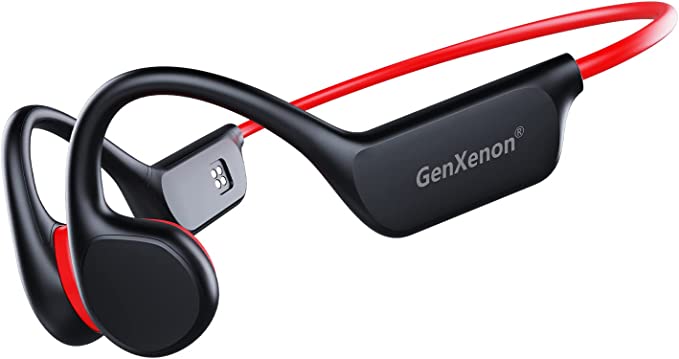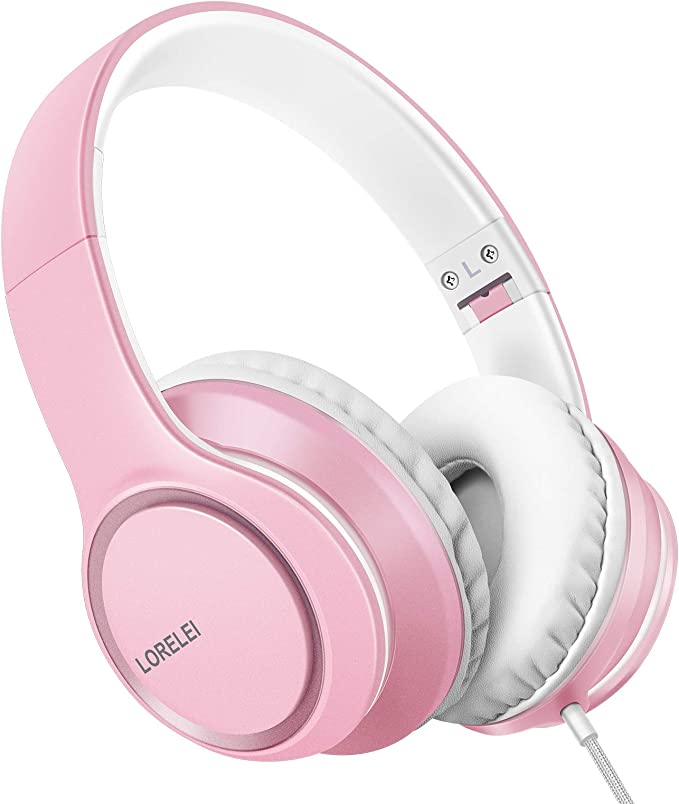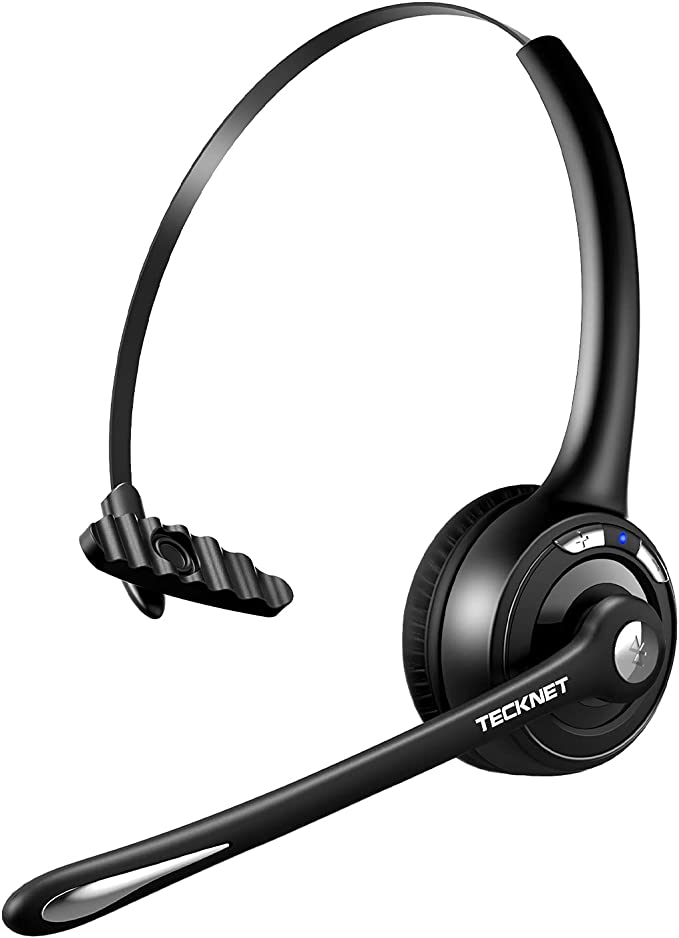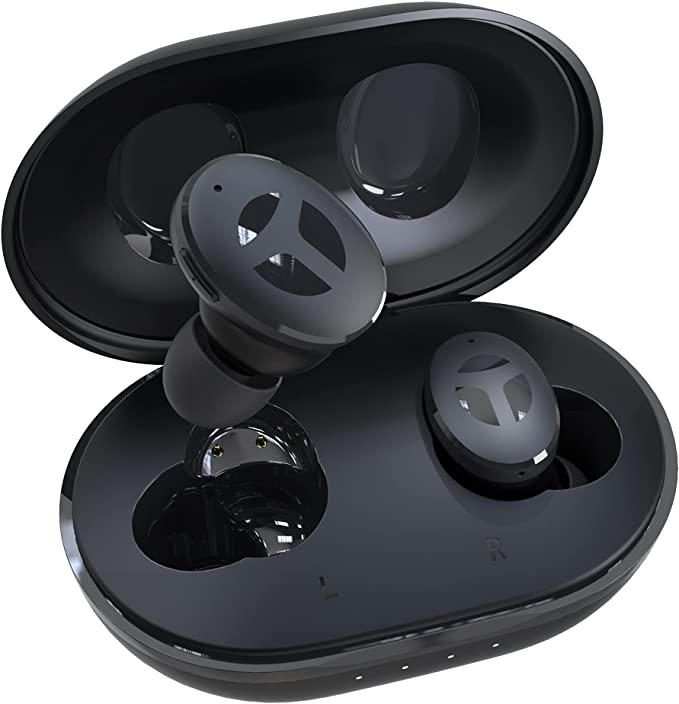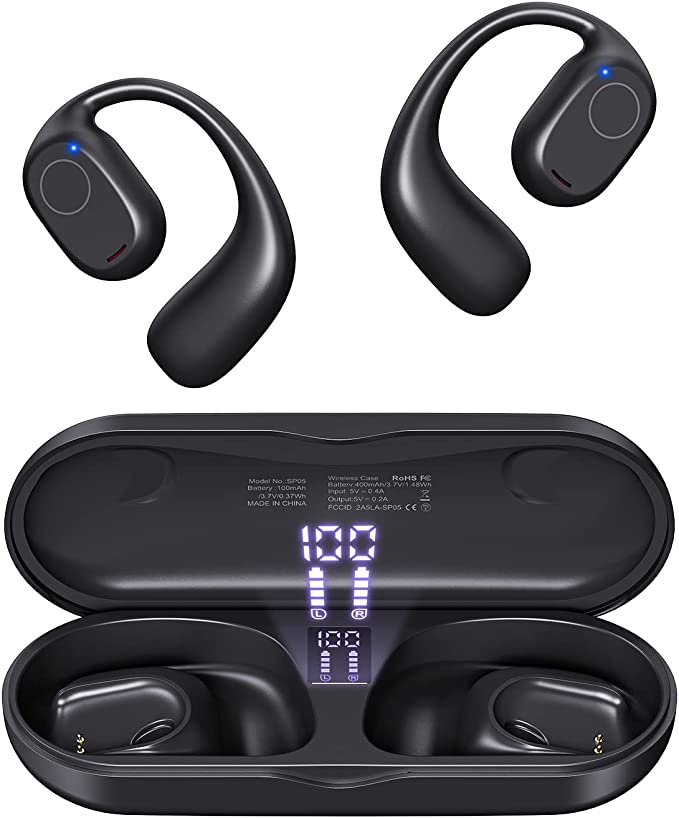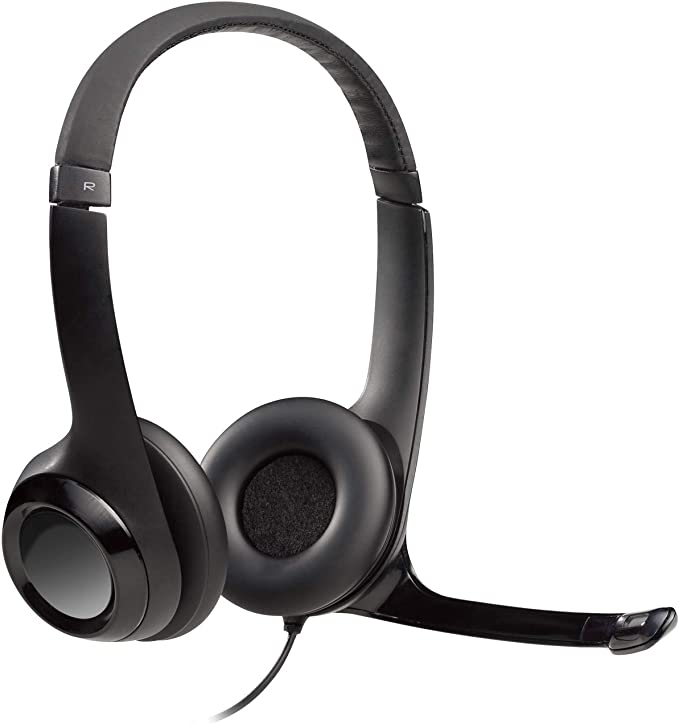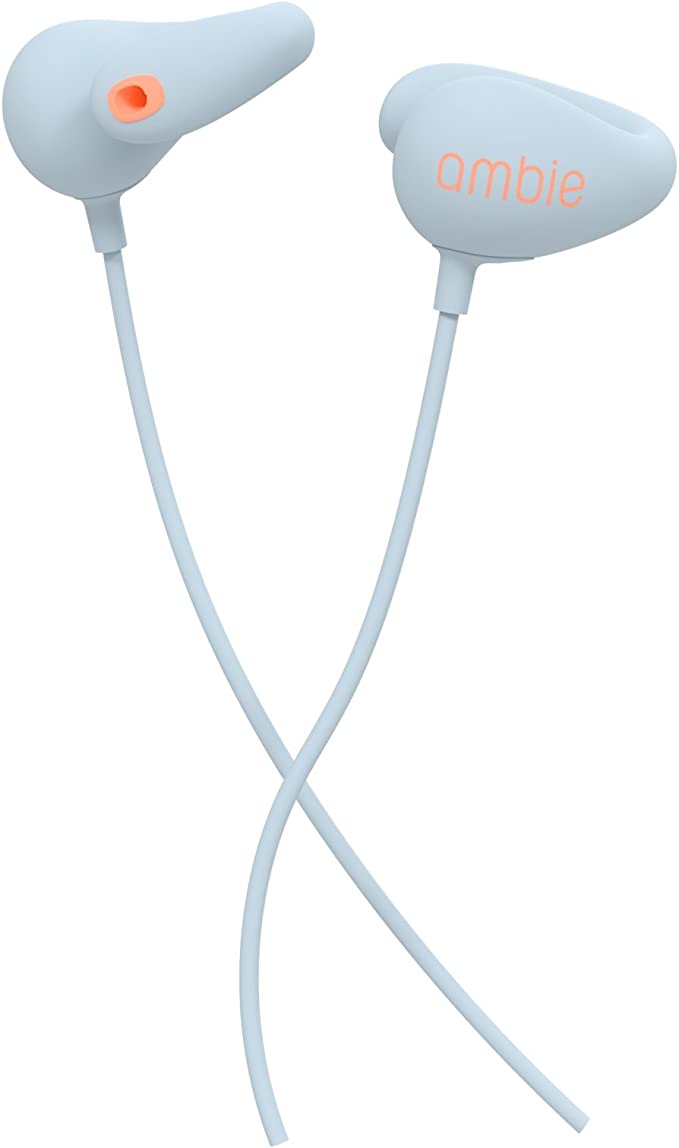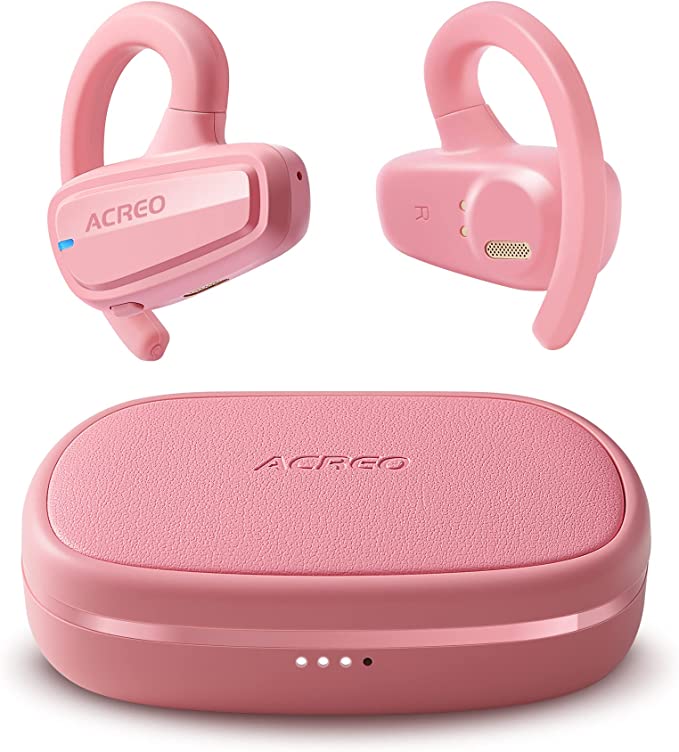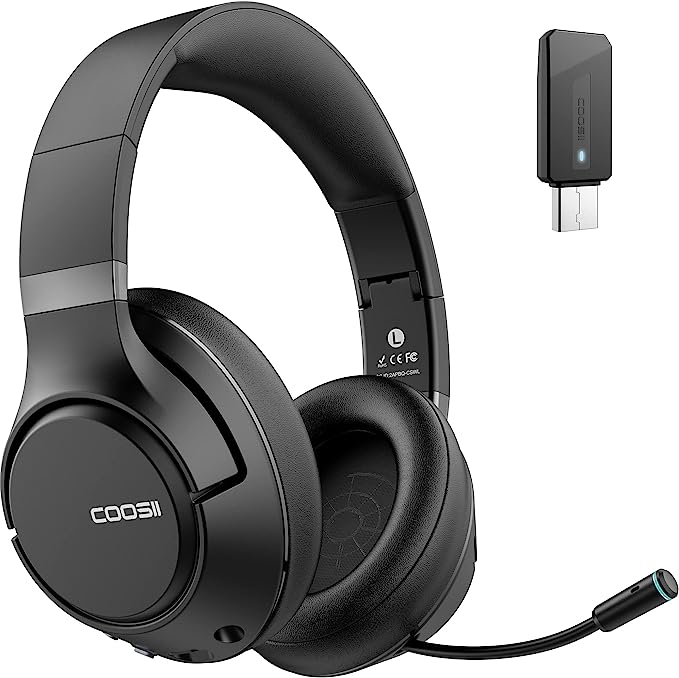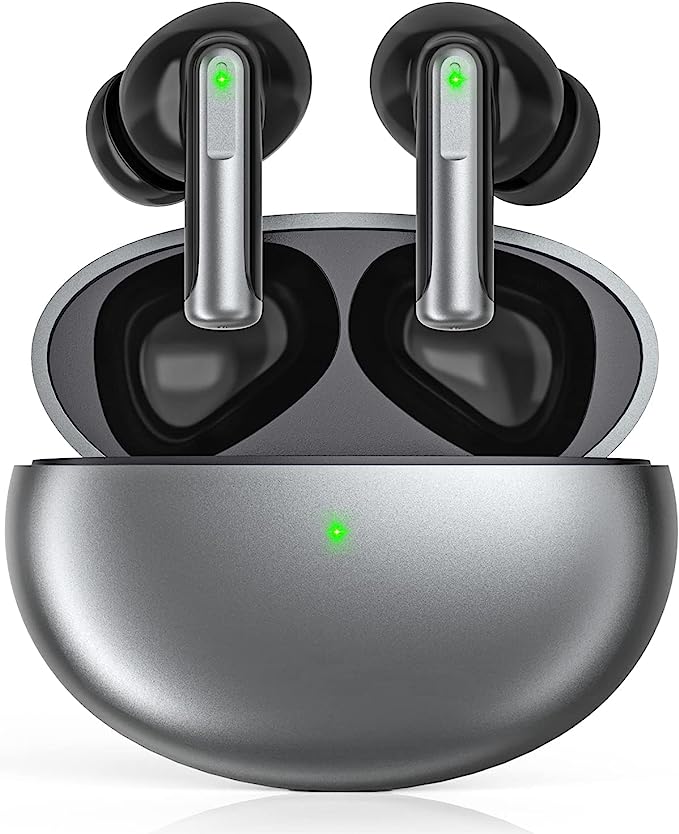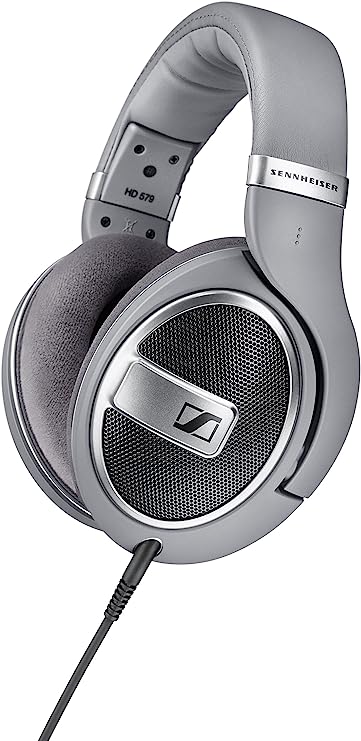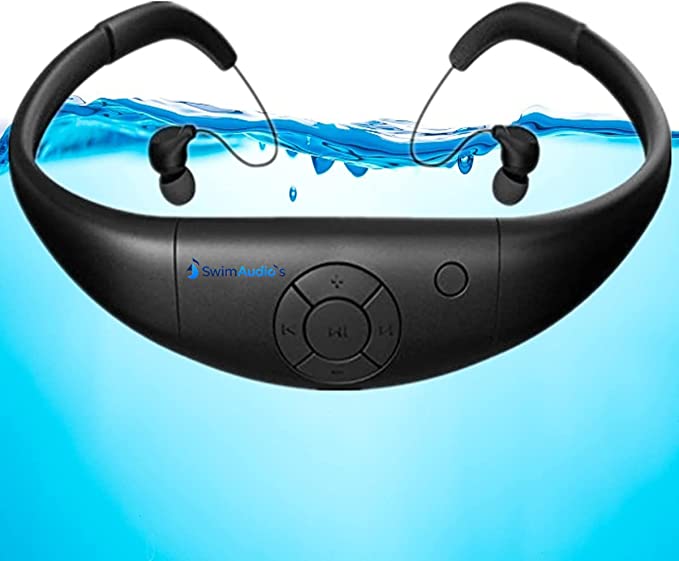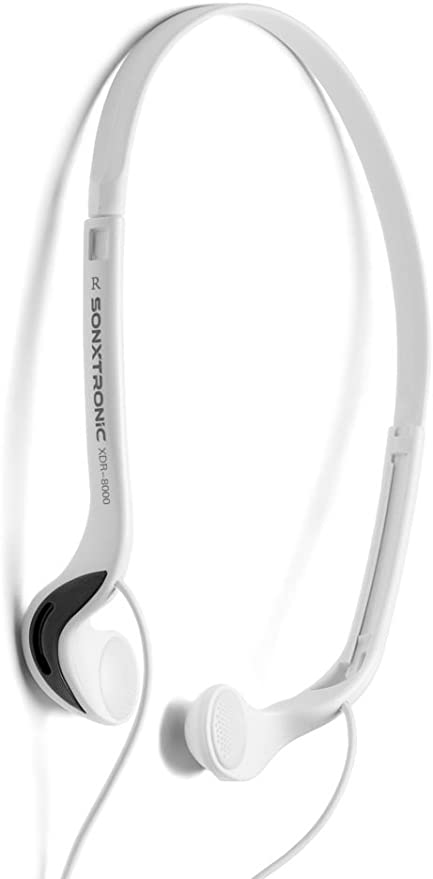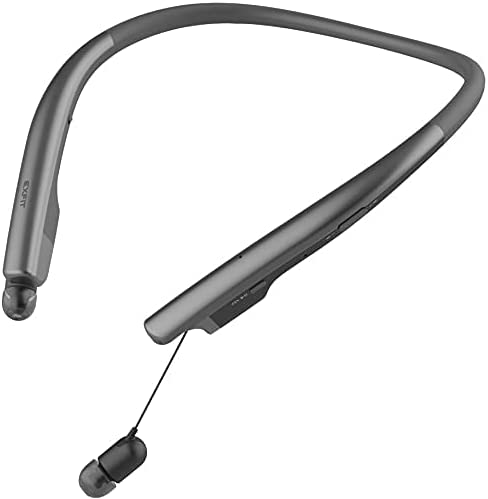The Invisible Highway: How Dry Indoor Air Fuels Virus Transmission
Update on Oct. 21, 2025, 1:41 p.m.
It starts subtly. A sudden, sharp blue spark jumps from your fingertip to the doorknob—a tiny lightning bolt of annoyance. You wake up with a throat that feels like sandpaper and a nagging, dry cough that has no other cause. Your skin feels tight, your lips are chapped, and even the beautiful hardwood floors in your home begin to creak and groan as if in protest. These are not isolated incidents; they are symptoms of a single, invisible antagonist waging a silent war in your home: extreme indoor dryness.
We have become masters of temperature, creating personal sanctuaries sealed against the outdoor elements. But in our quest for the perfect 22°C (72°F), our powerful heating systems perform an act of atmospheric theft. They take in cold, dense winter air and, as they heat it, drastically expand its capacity to hold moisture without adding any. The result is air with a punishingly low “relative humidity,” turning our cozy living rooms into micro-deserts. We have built the perfect shelters, only to find ourselves living in an invisible drought. But this drought does more than just cause static shocks and discomfort. It rolls out a red carpet for some of our most unwelcome microscopic guests.

Decoding the Sponge in the Room
Before we delve into the microscopic drama, we need to understand a simple concept: Relative Humidity (RH). Imagine the air in your room is a giant, invisible sponge. RH is simply a percentage measure of how much water that sponge is currently holding compared to the maximum it could hold at its current temperature. A 100% RH means the sponge is completely saturated—what we experience as fog or dew. A 50% RH means the sponge is half full.
When your furnace heats cold winter air, it’s like magically stretching that sponge to five times its original size. The amount of water in it stays the same, but its capacity skyrockets. Suddenly, that once half-full sponge is now only 10% full. This desperately “thirsty” air then tries to quench its thirst from any source it can find: the moisture in your skin, the delicate membranes of your respiratory tract, your wooden furniture, and even your pets. This is why our bodies feel the strain. But the real danger lies in what this thirsty air does to the things we exhale.
The Viral Superhighway
When someone with a respiratory virus like influenza coughs or sneezes, they expel a cloud of droplets. In a properly humidified environment, these droplets are relatively large and heavy. Gravity does its job, and they fall onto surfaces within a meter or two, relatively quickly. According to leading authorities like the American Society of Heating, Refrigerating and Air-Conditioning Engineers (ASHRAE), maintaining an indoor RH between 40% and 60% creates this safer environment.
But what happens in the arid landscape of a heated winter home, where the RH might plummet to 20% or lower?
The moment those virus-laden droplets hit the dry air, the water in them evaporates almost instantly. This process is terrifyingly efficient. What’s left behind are microscopic, feather-light viral cores known as droplet nuclei. A 2019 study from Yale University published in PNAS highlighted this dual threat: not only does dry air impair our body’s own defenses by drying out the protective mucus layer in our nasal passages, but it also perfects the delivery system for the virus itself.
Think of these droplet nuclei as microscopic ghosts. Stripped of their watery weight, they are no longer bound by gravity in the same way. They can remain airborne for hours, traveling on the slightest air currents throughout a room, down hallways, and into ventilation systems. The dry air of your home doesn’t just fail to stop them; it actively creates them. It transforms a short-range ballistic threat into a long-range, airborne cruise missile. This is the invisible highway. Research from the National Institutes of Health (NIH) has corroborated this, showing that higher humidity forces viral droplets to remain larger and heavier, making them fall from the air much faster and reducing the window for airborne transmission.
Building Your Personal Oasis
Now that we understand the threat, how do we dismantle this highway and turn our homes back into a sanctuary? The solution is to actively manage your home’s humidity, transforming it from a desert back into a healthy oasis—that 40% to 60% RH sweet spot.
Operating within this range does two critical things. First, it keeps our body’s frontline defenses—the mucous membranes in our nose and throat—moist and effective. This barrier is designed to trap inhaled particles, including viruses, before they can establish an infection. A healthy, moist barrier is like a sticky flytrap for pathogens. A dry, cracked one is like an open door.
Second, it directly combats the virus’s airborne advantage. By keeping the “air sponge” comfortably half-full, you ensure that exhaled droplets retain their moisture and weight, falling to the ground instead of lingering in the air you breathe.
This is where modern technology offers an elegant solution. Devices are no longer just simple machines that puff out steam. A modern ultrasonic humidifier, for example, can act as a sophisticated climate controller. Take the Msolok HD-4001 as a case study in intelligent design. It features an integrated sensor, a hygrometer, that constantly reads the room’s ambient humidity. In its “Auto Mode,” it functions like a thermostat for moisture. It will actively produce its cool, ultrasonic mist to raise the humidity to the ideal range and then cycle off, constantly monitoring and adjusting to maintain that perfect 45% to 55% balance. It prevents both under- and over-humidification, ensuring the environment is optimized for health.

Taking Command of the Air You Breathe
The battle for a healthy home is often fought against invisible enemies. We cannot see the viruses, nor can we see the arid conditions that help them thrive. But with a little scientific understanding, we can gain the upper hand.
Controlling your indoor humidity is not just about comfort; it’s a fundamental pillar of a healthy indoor environment. It’s about taking a proactive step to degrade the very pathways that respiratory viruses use to travel. By investing in and properly maintaining a tool that regulates your home’s climate, you are no longer a passive victim of the dry winter air. You become the conscious architect of your own atmosphere.
It’s crucial to remember, however, that humidity control is part of a holistic strategy. It complements, but does not replace, other essential practices like ventilation and hand hygiene. And maintaining the cleanliness of the humidifier itself is paramount to ensure it remains a source of health, not a potential problem. By taking command of the very air you and your family breathe, you transform your home from a simple shelter into a true, thriving sanctuary—one where the air itself is on your side.

